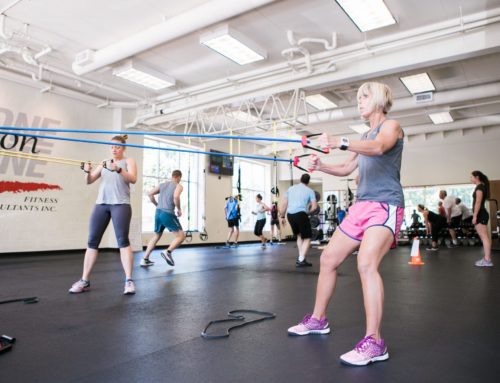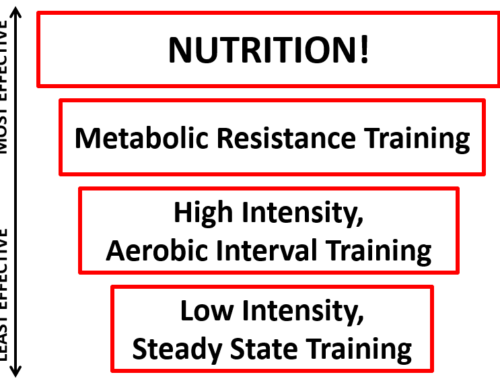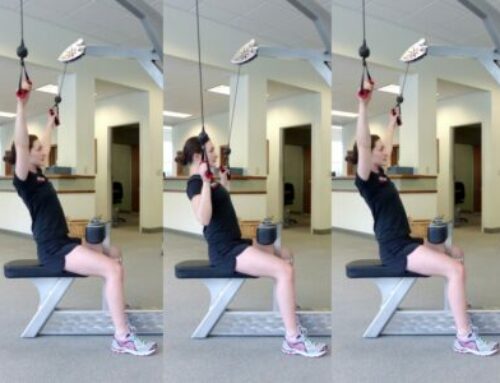What do you need to consider when choosing footwear for fitness? The answer lies in understanding how our feet function and how various types of athletic shoes can affect that function.
The foot has two basic purposes during locomotion; acting as a shock absorber as the foot strikes the ground and as a rigid platform to allow the body to propel forward. In addition to these physical functions, our feet also provide proprioceptive feedback about our body’s position in space.
Over the years, traditional fitness shoes have evolved to share four key features:
1) Postings – dual-density material on the inside of the shoe that stops the foot from moving too much.
2) High Heels – the heel is about two times as high as the forefoot.
3) Cushioned Materials – softer surfaces designed to absorb shock.
4) Narrow Toe Box – designed to improve fit and control.
This combination of artificial support and elevated heels has led to unnatural movement of the foot and diminished effectiveness of the proprioceptors to relay information to the body. Research has shown that today’s cushioned and motion-stabilizing shoes are not effective in decreasing injury or improving performance. Traditional footwear has also been proven to significantly alter gait styles. This can result in meaningful differences in how the “shock” of the foot-strike affects our orthopedic health.
Recently, a remarkably different footwear option has been developed: minimalist shoes. Minimalist footwear is designed to be light with a flexible platform that provides minimal support. Benefits include improved balance, proprioceptive awareness, foot strength and increased intrinsic muscle activity of the feet. Instead of relying on the shoe to provide support and assist with shock absorption, the feet take back the responsibility!
Does this mean that you should ditch your trusty sneakers for the newest trend in minimalist footwear? Not necessarily. If your current pair of fitness shoes is working for you and you are pain free, there is no need to change. If you are considering making the switch to a minimalist shoe consider the following tips:
- Talk with your trainer or find an expert who can watch you move and provide an appropriate shoe for your specific needs.
- Slowly incorporate minimalist footwear into your routine; try wearing your minimalist footwear for an hour each day in normal activity around your home. As you become more comfortable, start gradually working them into your fitness routine.
- Be progressive; there are varying degrees of minimalist footwear.
For this week and moving forward, consider your fitness footwear. Are you setting your body up for success with your footwear? If you need help or have questions, be sure to talk with your trainer.
Copyright 2011 Fitness Consultants Inc. All rights reserved.




